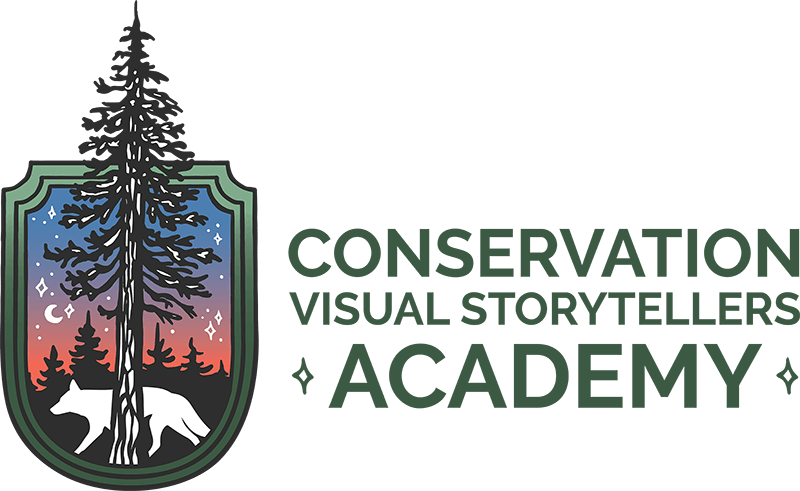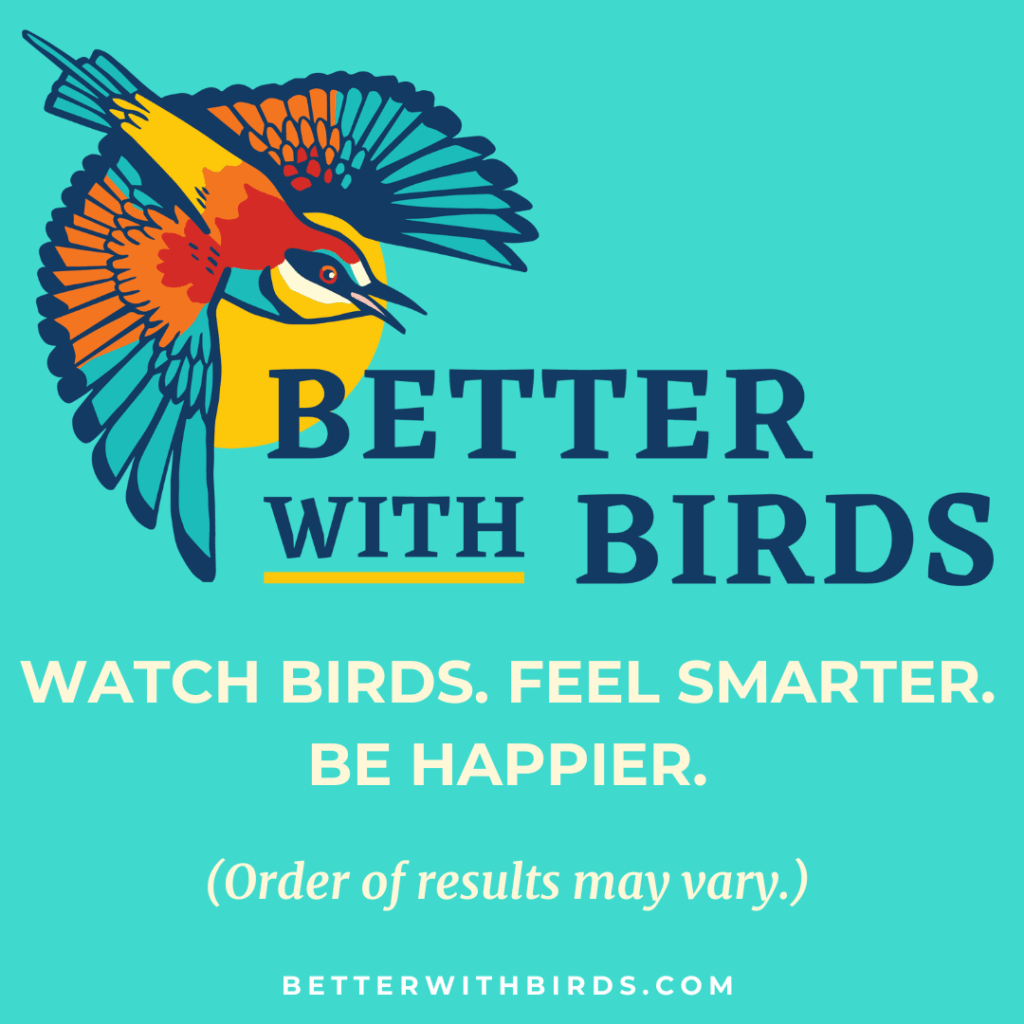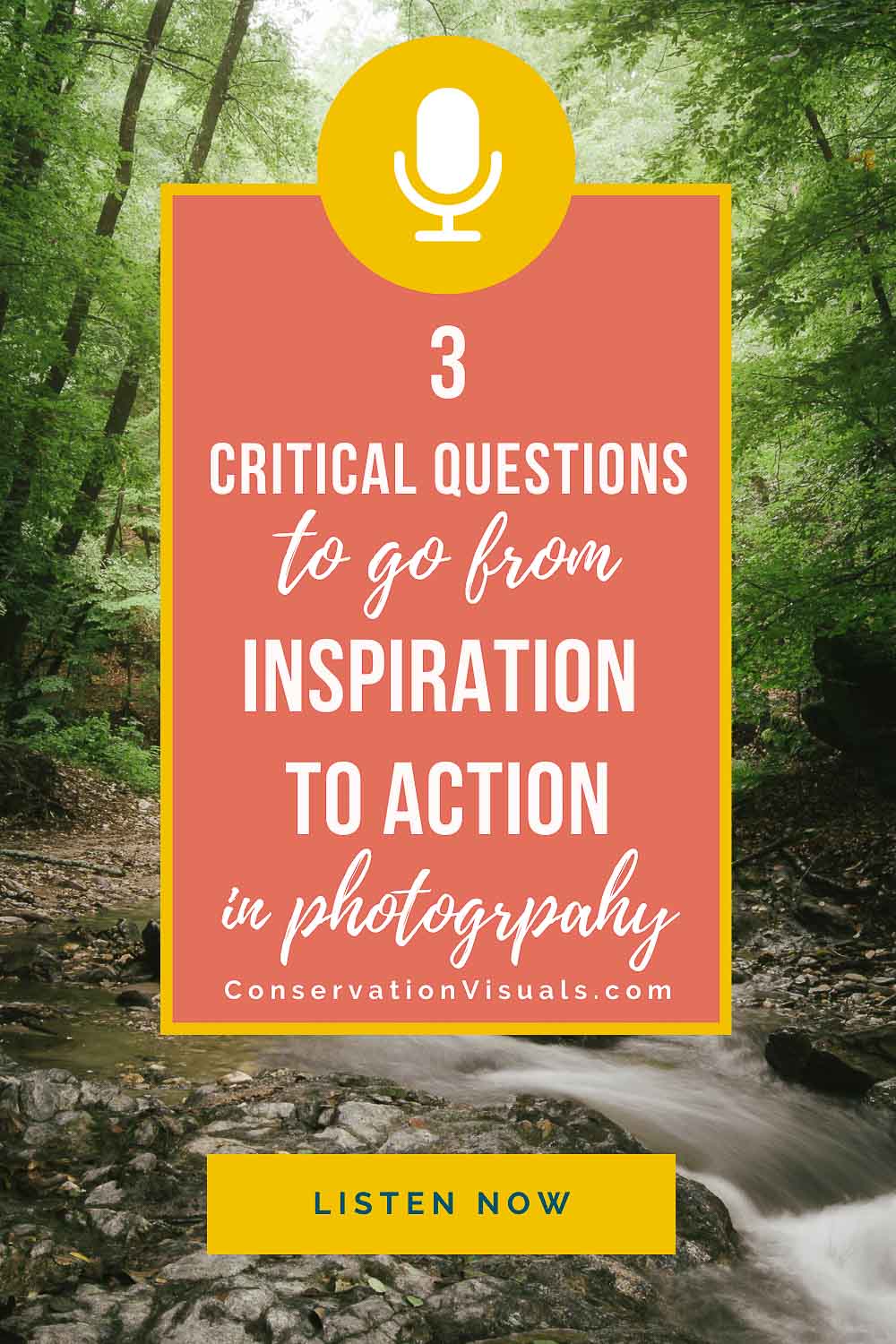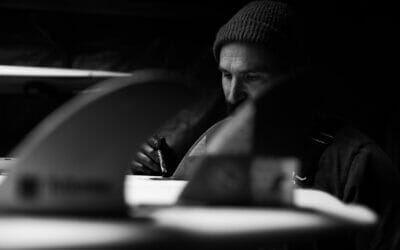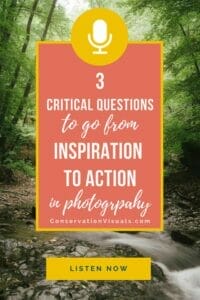Inspiration vs. Creativity
There’s a crucial difference between inspiration and creativity. Inspiration is passive—something that happens to you. You see a captivating scene or flip through a magazine with stunning images and feel inspired. Creativity, on the other hand, is active. It’s something you do and work at. Creativity is a muscle that strengthens the more you use it. To work out this creative muscle, you need the right equipment: questions.
Here are three critical questions to ask yourself every time you’re out looking for new ideas. These questions will help you go from “Hmm, that’s interesting” to “Yes, that’s exactly what I’m going to do!” and will have you reaching for your camera to put those ideas into practice.
The Three Questions
- How does this make me feel?
- Why does this make me feel this way?
- How would I photograph this feeling?
These questions revolve around emotion because the emotion in an image is what drives you to figure out all the technical and compositional details. By asking these questions, you’ll move from inspiration to creative action.
Step 1: Finding Inspiration
Start with a familiar source of inspiration: a photography magazine. Look at the images and ask yourself:
- How do these images make me feel?
- Why do they make me feel this way?
- How did the photographer achieve these feelings through their technique?
Dig into the layers of each photo. This deep analysis will drive you to think more creatively about your work.
Step 2: Applying the Questions in Real Life
Next, take these questions into the field. Whether you’re on a hike or walking down a neighborhood street, when you see an inspiring scene, ask:
- How does this make me feel?
- Why does it make me feel this way?
- How would I photograph this feeling?
Consider how you use light, composition, and movement to capture that emotion. Instead of just snapping a picture, think about how you can convey the feeling you experience.
Unusual Places for Inspiration
To truly expand your creative horizons, try seeking inspiration in less conventional places. Here are two suggestions:
Window Shopping
Window shopping can be a surprising source of inspiration. Storefront displays are designed to catch your eye and evoke a specific feeling to draw you inside. As you stroll past different displays, ask:
- How does this display make me feel?
- Why does it make me feel this way?
- How would I photograph this feeling?
Analyze the arrangement, colors, and overall vibe. Even a poorly designed display can teach you something about evoking (or avoiding) certain emotions.
Watching Movies
Movies, especially those with award-winning cinematography, are gold mines for inspiration. Watch how scenes are composed and think about:
- How does this scene make me feel?
- Why does it make me feel this way?
- How would I photograph this feeling?
Pay attention to emotional transitions in the film and how the visual elements support these changes. Screenshot stills that inspire you and add them to an inspiration board to dissect later.
Putting It into Practice
Once you’ve practiced asking these questions with magazines, window displays, and movies, it’s time to apply them in your photography. Take your camera and try to capture the feelings you identified. Analyze your images:
- Did you convey the intended emotion?
- What worked, and what didn’t?
- How can you improve next time?
Over time, these questions will become second nature. You’ll instinctively know why something inspires you and how to act on it, leading to more creative and impactful photography.
Turning Inspiration into Creative Action
By consistently asking how an image or scene makes you feel, why it makes you feel that way, and how you would photograph that feeling, you’ll strengthen your creative muscle. This approach ensures that your photography is driven by genuine emotion and thought, resulting in powerful, compelling images.
Remember, inspiration is just the beginning. It’s how you act on that inspiration that counts. So next time you feel that spark, don’t just admire it—analyze it, understand it, and use it to fuel your creative action.
Conclusion
Valuing content over quality allows you to create images with heart and soul. What you create is more important than how perfectly you create it. Make sure your photos change people, make a difference, and resonate on an emotional level. Technical perfection can follow.
If you’re interested in hearing more about this topic, check the show notes for additional resources and inspiring stories. And remember, trust your gut and shoot with heart. Happy photographing!
